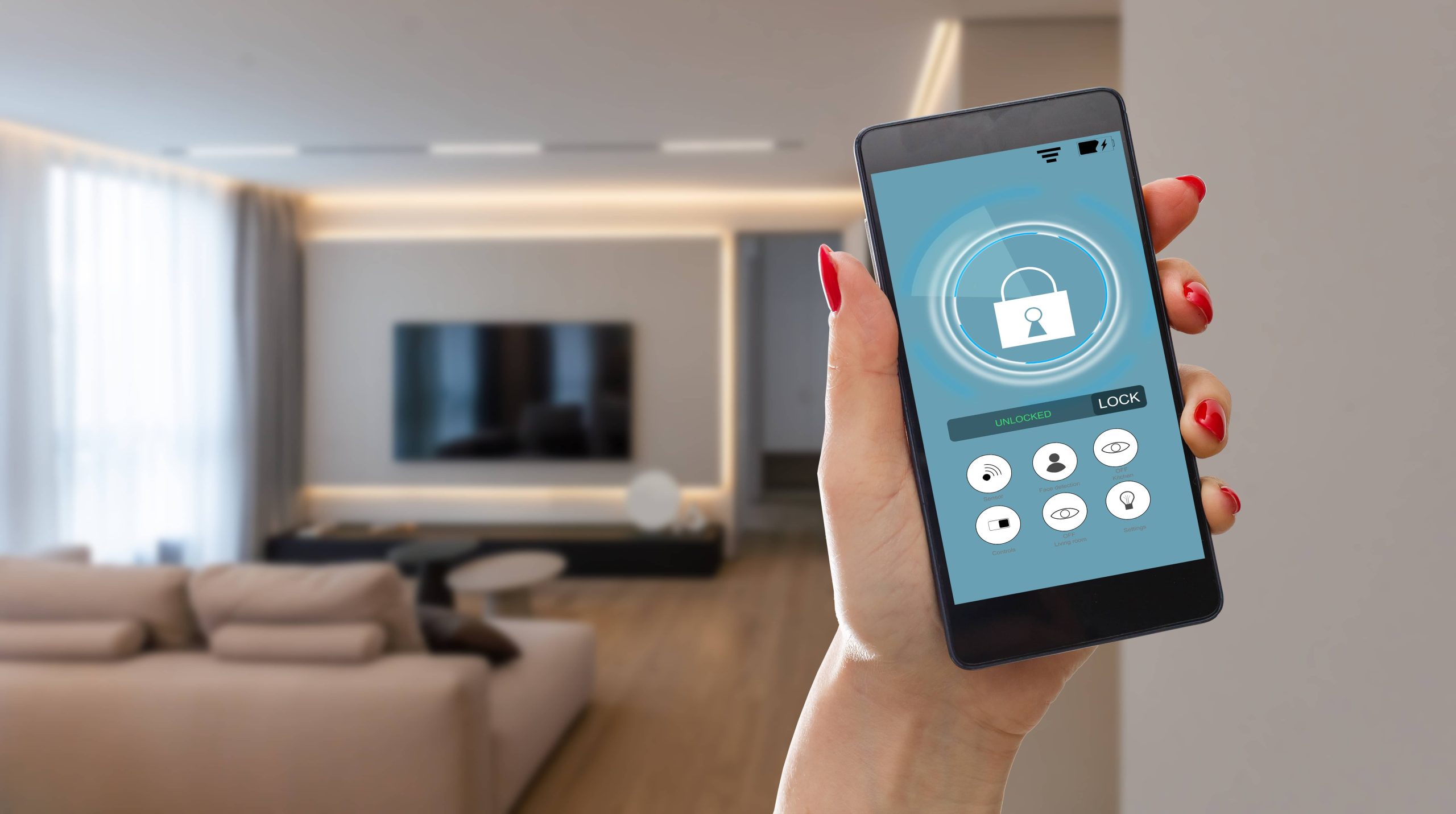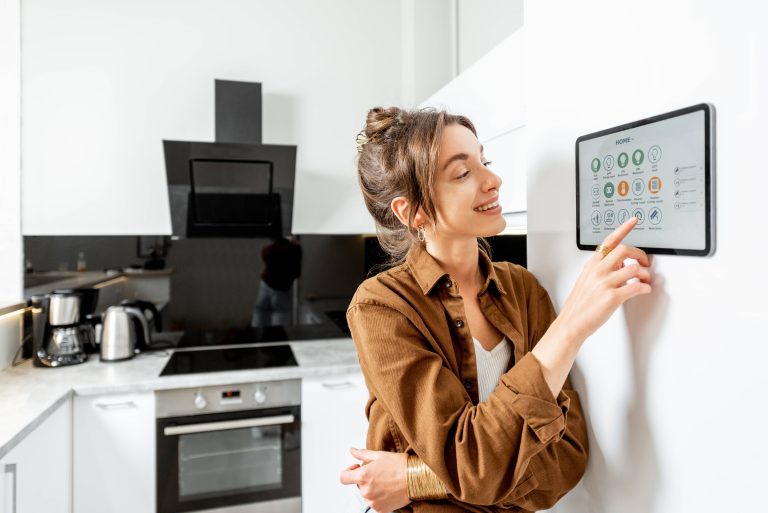
In today’s increasingly connected world, technology for home automation continues to push the boundaries of convenience, entertainment, and efficiency. One of the most appealing facets of smart home technology is the multi-room audio system. Not only does it impress with its technical sophistication, but it also offers a seamless and immersive audio experience throughout your living space. If you’re considering upgrading your home to include a multi-room audio setup, you’ve come to the right place. This blog post will guide you through everything you need to know about setting up a multi-room audio system.
What is a Multi-Room Audio System?
A multi-room audio system allows you to play music and other auditory media in multiple rooms simultaneously or independently. This means you can walk from the kitchen to the living room without missing a beat of your favorite song, or have different music playing in different parts of the house to suit varied tastes.
Choosing the Right System
There are numerous multi-room audio systems available, each with their own set of features. Some of the most popular options include:
1. Sonos: One of the pioneers in the multi-room audio space. Sonos offers high-quality speakers and intuitive app integration.
2. Bose: Known for its rich sound and premium products, Bose offers systems that integrate with various smart home devices.
3. Amazon Echo: Ideal for homes already using Alexa, this setup is budget-friendly and easy to expand.
4. Google Nest: Best for those invested in the Google Home ecosystem, it provides seamless integration with other Google services.
Key Components
A multi-room audio system generally consists of three main components: the speakers, the amplifier (if not built-in), and the control system.
1. Speakers: These are the most visible part of your system. You can choose between wired (offers better sound quality) and wireless (more versatile) speakers.
2. Amplifier: Depending on your choice of speakers, you might need an external amplifier to boost the sound signal.
3. Control System: This is the brain of your setup. It allows you to control what is playing and where. Many modern systems offer smartphone apps for ease of use.
Setting Up Your System
Planning Your Setup
Before you purchase anything, it’s crucial to plan your system carefully. Consider the following:
– Number of Rooms: Map out how many rooms you want to include in the system.
– Speaker Placement: Think about where speakers will be placed for optimal sound. Wall and ceiling mount options can save space and keep your speakers out of the way.
– Wiring Needs: If you’re leaning towards wired speakers, ensure you have a plan for hiding or managing cables.
Network Requirements
A strong and reliable Wi-Fi network is essential for wireless systems. Ensure your network can support multiple devices streaming simultaneously without lag. Often, an upgrade to a mesh Wi-Fi network is beneficial as it improves coverage throughout the house.
Installation
– DIY vs Professional Installation: Some systems are perfect for DIY installation, especially wireless setups. However, if you’re opting for a more complex wired system or want in-wall speakers, you might want to hire a professional to ensure everything is installed correctly.
– Calibration: Once installed, calibrate your system for optimal sound quality. Many systems come with apps that help in setting up and adjusting settings like EQ, volume, and room balance.
Integration with Other Smart Home Systems
One of the most exciting aspects of a multi-room audio system is its potential to integrate with other smart home devices:
– Voice Assistants: Link your system with voice assistants (like Alexa, Google Assistant, or Siri) for hands-free control.
– Smart Lighting: Sync your audio system with smart lighting to create atmospheric scenes that enhance your listening experience.
– Home Automation Routines: Create routines that integrate your audio system with other smart home functions, such as music starting automatically when you return home or when a specific time of day is reached.
Managing Your Content
In a multi-room audio setup, content sources and control are vital. Most modern systems allow you to:
– Stream from Multiple Sources: Services like Spotify, Apple Music, Amazon Music, and others can be integrated, as well as digital libraries stored on home servers.
– Create Playlists: Across different rooms, create custom playlists to suit different moods or activities.
– Individual Room Control: Play something different in each room or sync all rooms to the same music instantly.
Budget Considerations
Setting up a multi-room audio system can range from relatively affordable to quite expensive, depending on the complexity and the brand. Factor in the cost of professional installation if needed, and always consider the long-term expandability of your system.
Conclusion
A multi-room audio system is a fantastic addition to any smart home, blending technology seamlessly with everyday living. By offering a customizable and integrated audio experience, it ensures that you can enjoy high-quality sound wherever you are in your home. While setting up a multi-room audio system might seem daunting at first, careful planning, choosing the right system, and possibly hiring professional help can make the process smooth and fulfilling. Once set up, you’ll wonder how you ever lived without it.
If you’re considering other smart home automation ideas or have any questions about multi-room audio systems, feel free to explore my other blog posts or drop a comment below!







